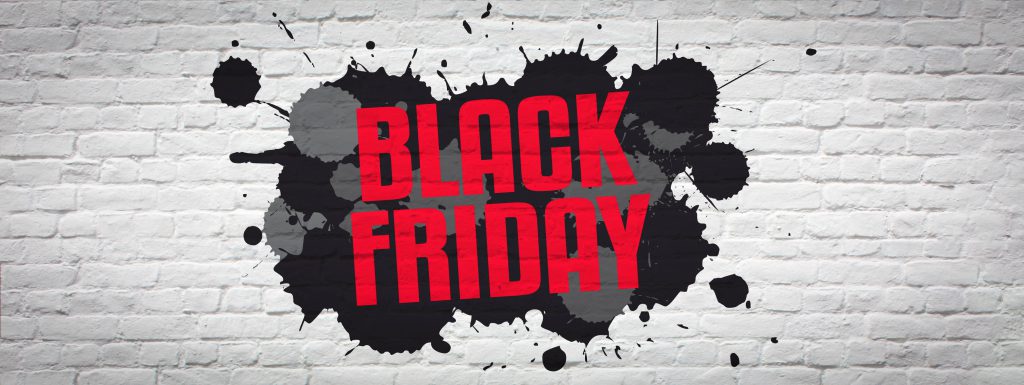
Due to the Black Friday Week, there is another blog post. This time it’s about the craziest offer this week – sequencing at a great price – and why it’s still important – also in regards to personalized medicine.
Black Friday
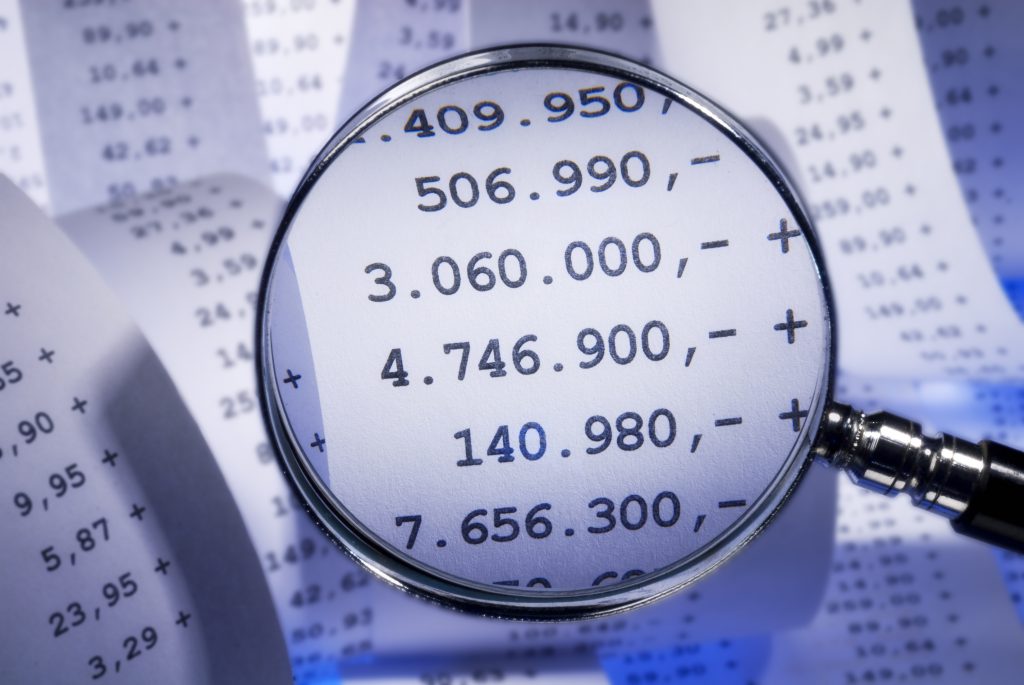
In the USA Black Friday is the Friday after Thanksgiving, which is always celebrating on the fourth Thursday in November marking the start of a traditional family weekend and the beginning of the Christmas shopping season. The term Black Friday was first used in the 1960s in the United States and may have been resulted from the traffic chaos prevailing during this day and the crowds dragging through the streets like a „black mass“. Another definition could be derived from the black numbers written on this day which were generated by the huge sales every year. There is no connection to the in Germany known „Black Friday“ (known in the US as Black Thursday) , which reminiscent on the day of the New York market crash in 1929.

This custom was brought to Germany in 2006 by Apple and is now celebrated with corresponding special and free offers.
Dante Labs
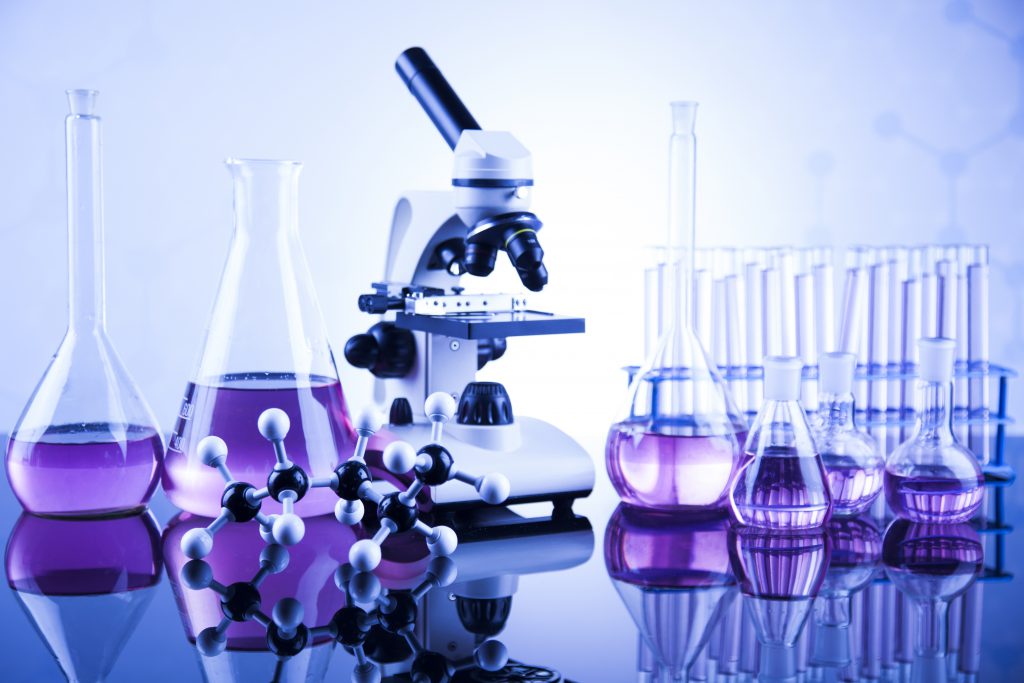
Probably the most interesting offer discovering this week comes from Dante Labs. They’re represented in Europa as well as in the USA and maintain partnerships in various laboratories worldwide. The company offers sequencings of the whole genome in 8 weeks for just €850 – this Friday on the occasion of Black Friday even for only €169!
Genetics
In order to understand the enormous importance of this offer, there is a brief insight and review into the genetics of man.
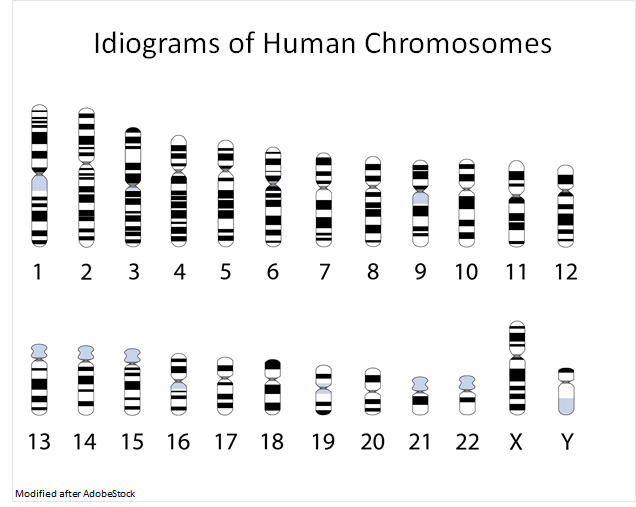
Humans have 23 chromosomes – 22 autosomes and one gonosome, the so-called sex chromosome. They contain DNA (= desoxyribonucleic acid), which is called the molecule of life.
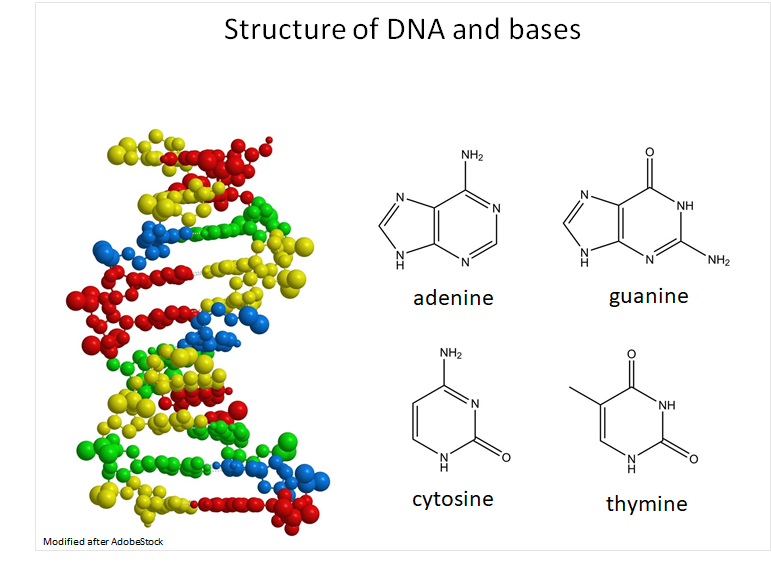
The DNA is composed of nucleotides, which in turn consists of a phophate, a sugar and one of the four available bases (adenine, cytosine, guanine and thymine). The structure of the DNA was decrypted in 1953 by Watson & Crick.1
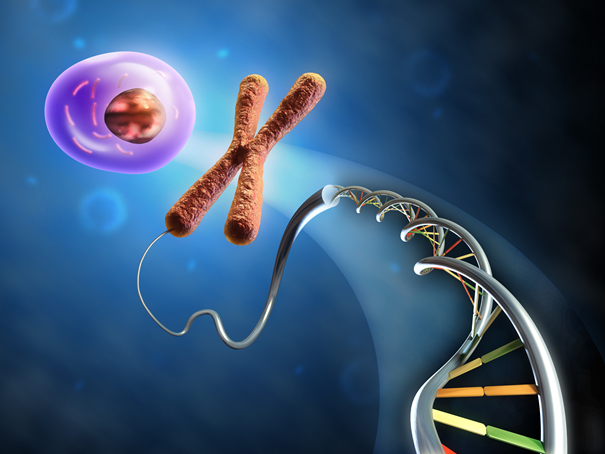
Thus, what constitutes and distinguishes one individual from another is only determined in the order of these four bases. DNA encodes genes providing all the information needed for the development and appearance of an individal. Humans have about 23,000 genes. That may sound like a lot – even considering that we humans are the most complex organisms – but it isn’t. Caenorhabditis elegans (threadworm) has 19,500 genes and Arabidopsis thaliana (thale cress), a plant of the cruciferous family, has even 27,000 genes and thus more than humans. Since 2012 it is known that even a banana has more genes – namely 36,500!2
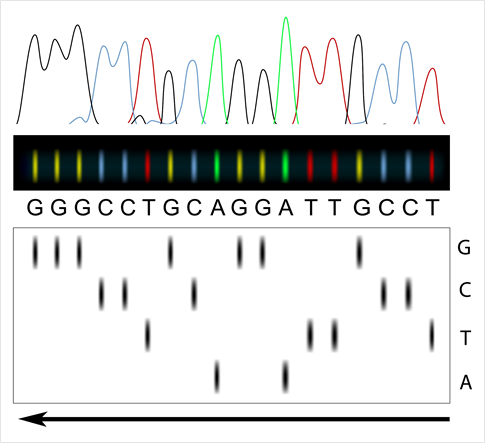
The human genome (= the totality of all genes) consists of 3 billion bases. Amazing that the genomes of humans are similar to 99.5%. What then makes the enormous diversity between us? Exactly, the remaining 0.5%. That’s 15,000,000 bases! Also suprising is the fact that our genome is 99.9% similar to that of a chimpanzee and – to return to the previous example – 50 % similar to that of a banane!3
Through a method called sequencing, one can now read the sequence of the bases, also called the human code, and recognize changes, so-called mutations.
Human Genome Project
A revolution in this area represented the Human Genome Project, which was founded in October 1990.4 It was an international research project with the objective of fully decrypting a human genome, so to find out the sequence of 3 billion base pairs in the human DNA.5 The knowledge gained from this project should serve as the basis for investigation of many biological processes, such as heriditary diseases or molecular mechansims leading to cancer.5 The project was first led by James Watson, who has clarified the structure of the DNA. In total, more than 1,000 scientists from 40 countries participated. Since April 2003, the human genome has been officially decoded.4 Follow-up projects like the 1000 Genome Project have joined. This has also been regarded as finished since October 2012 – with more than 1,000 decoded genomes.
Sequencing
Since then a lot has happened in this field:6
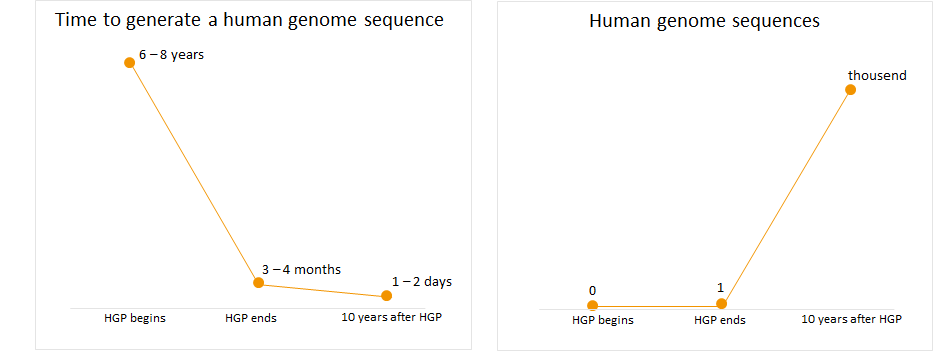
In the 1990s it just took about eight years to sequence a genome, you can do that now in just a few days. The number of sequenced genomes amounts to several thousand in the meantime.
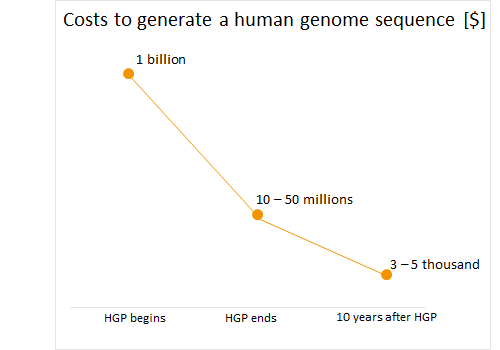
This is important in terms of medicine and research. As a result, the mechanisms of various diseases can be explained and the treatments adopted accordingly. Everyone is different – also in regard to the compatibility and effectiveness of drugs. The information that can be obtained from the DNA allows the personalization and individualisation of therapies.
A very important point – and now return to the introductory subject – are the costs for sequencing:6
A few years ago it cost a billion dollar to sequence a genome, now only a few thousand.
Or you wait for the Black Friday – then a sequencing costs only $199 (169€)!!
Contact Person:
Kristina Schraml (kristina.schraml@biovariance.com)



